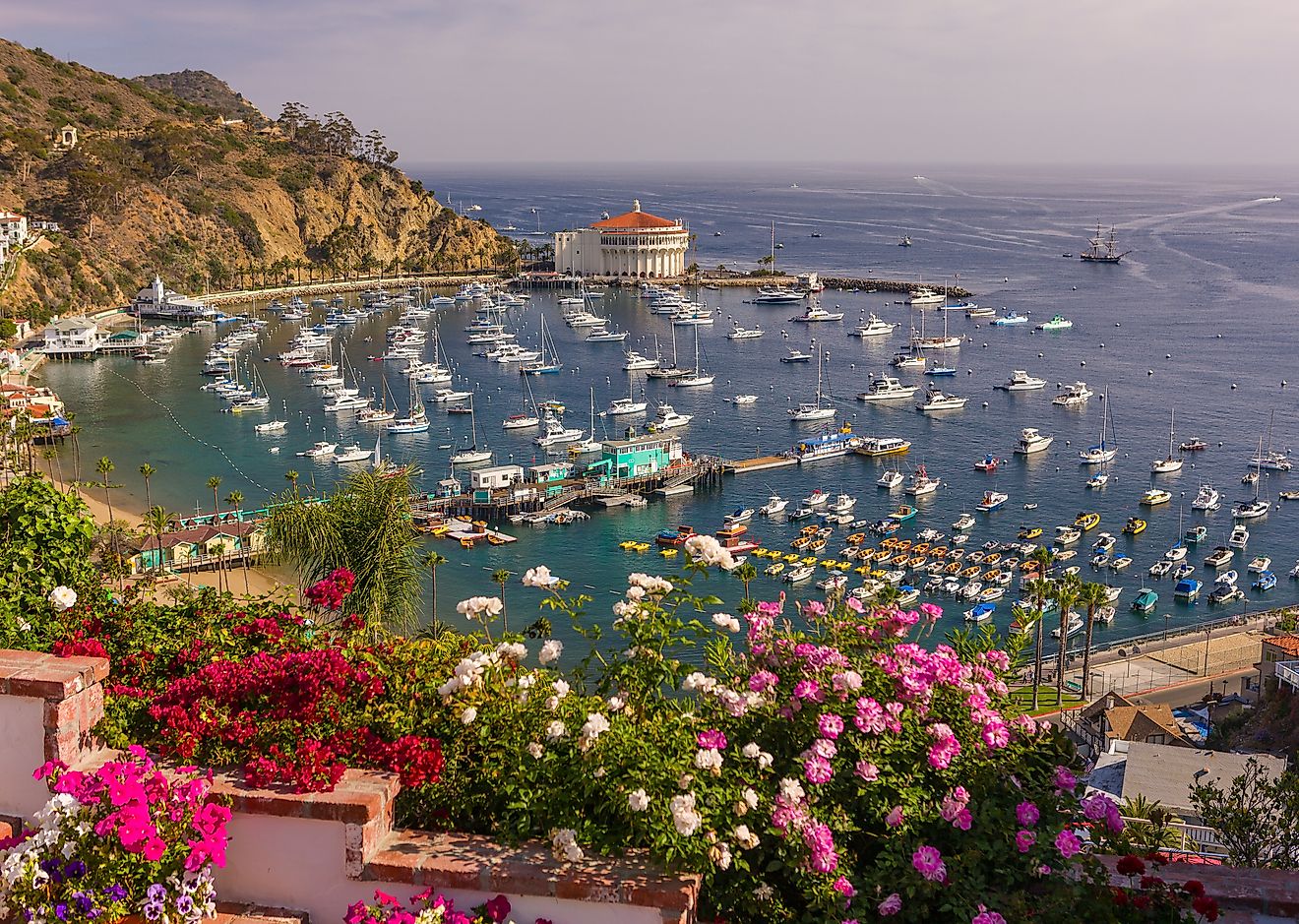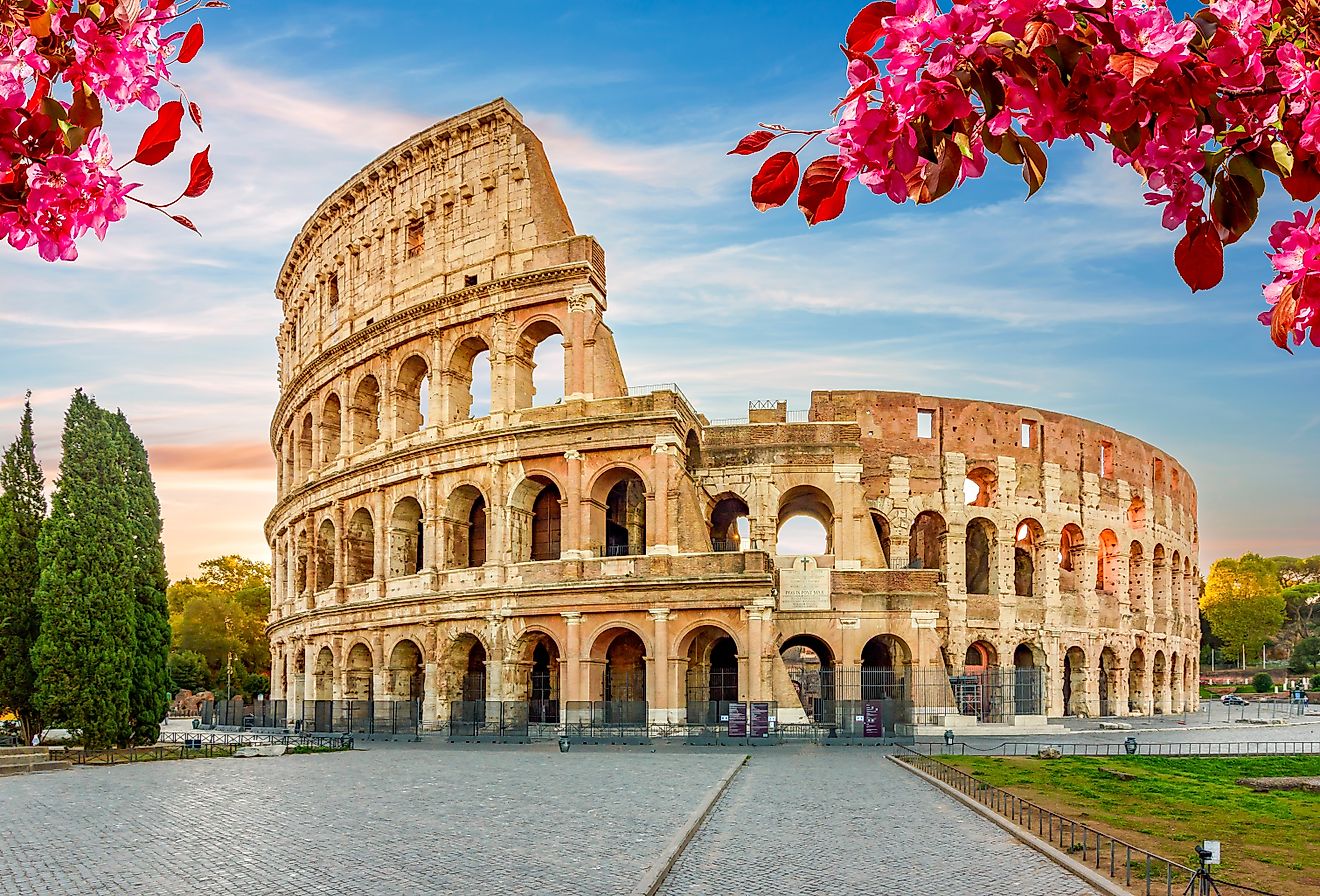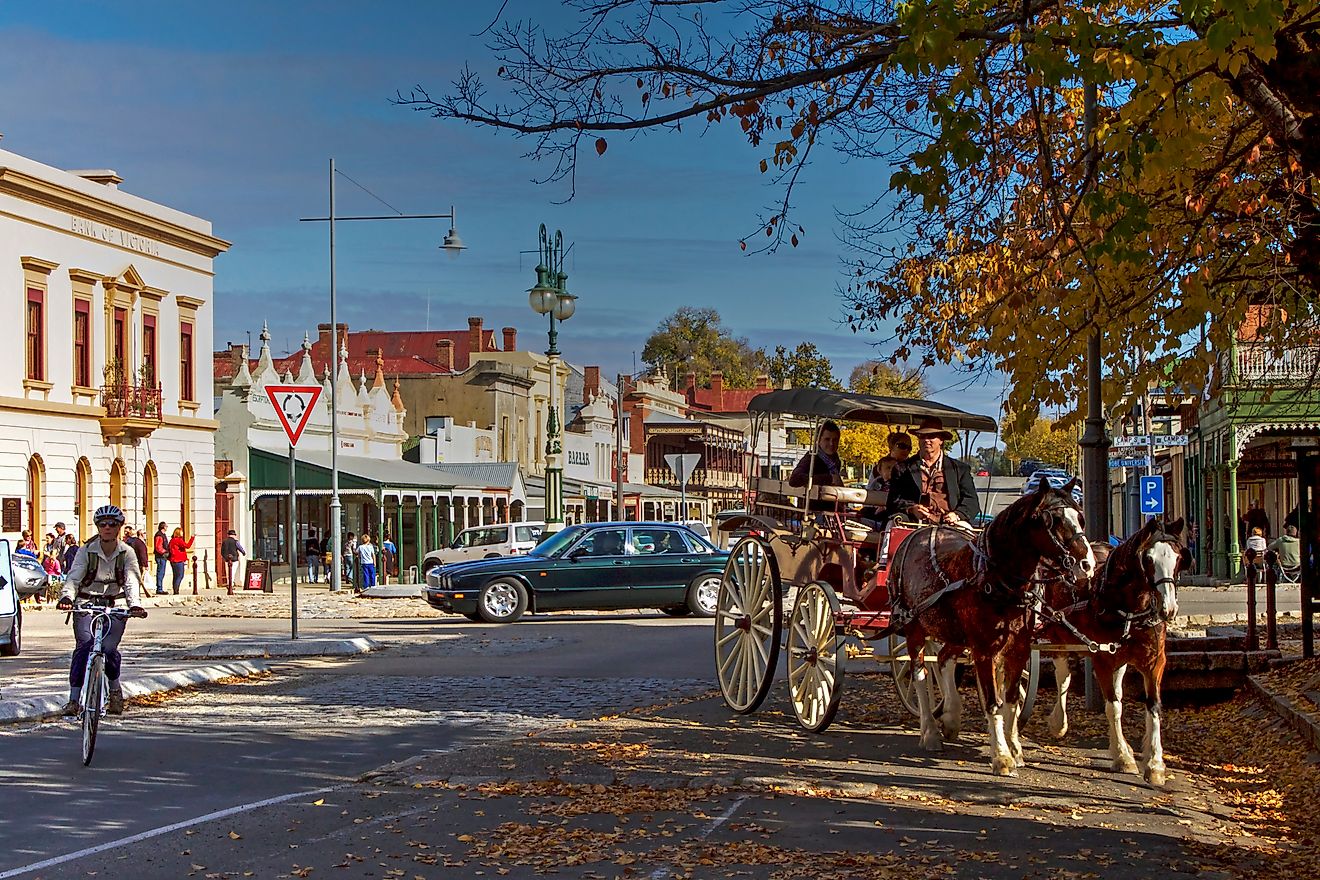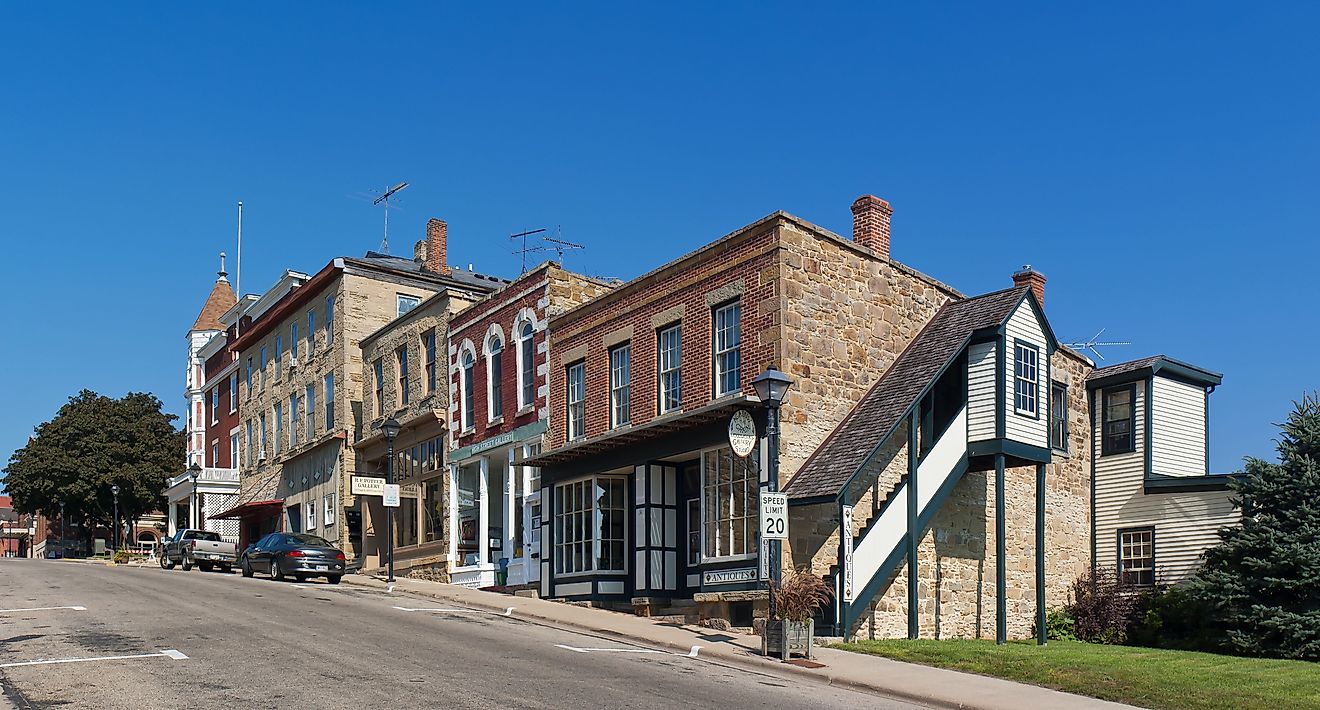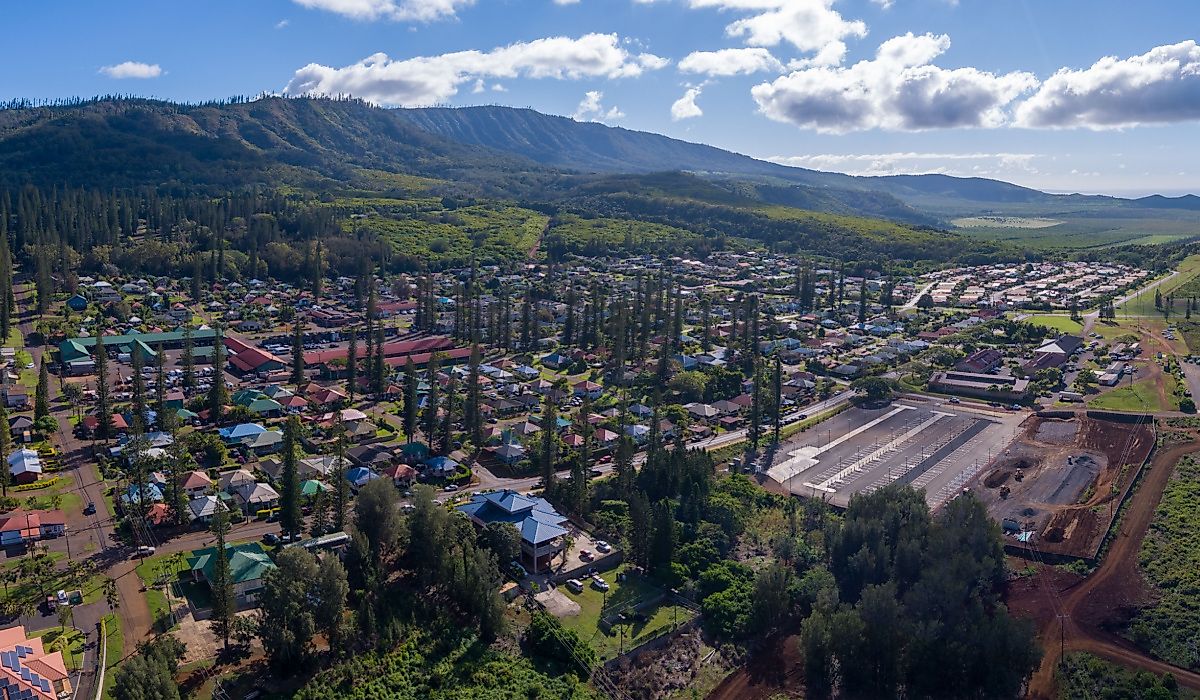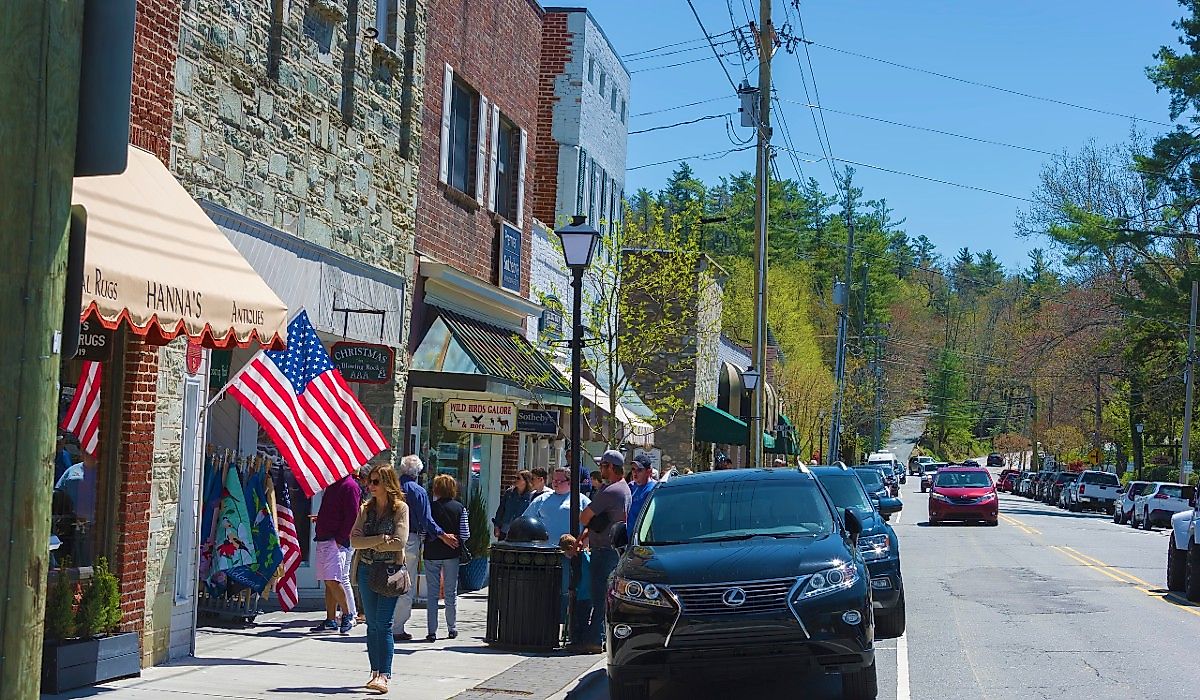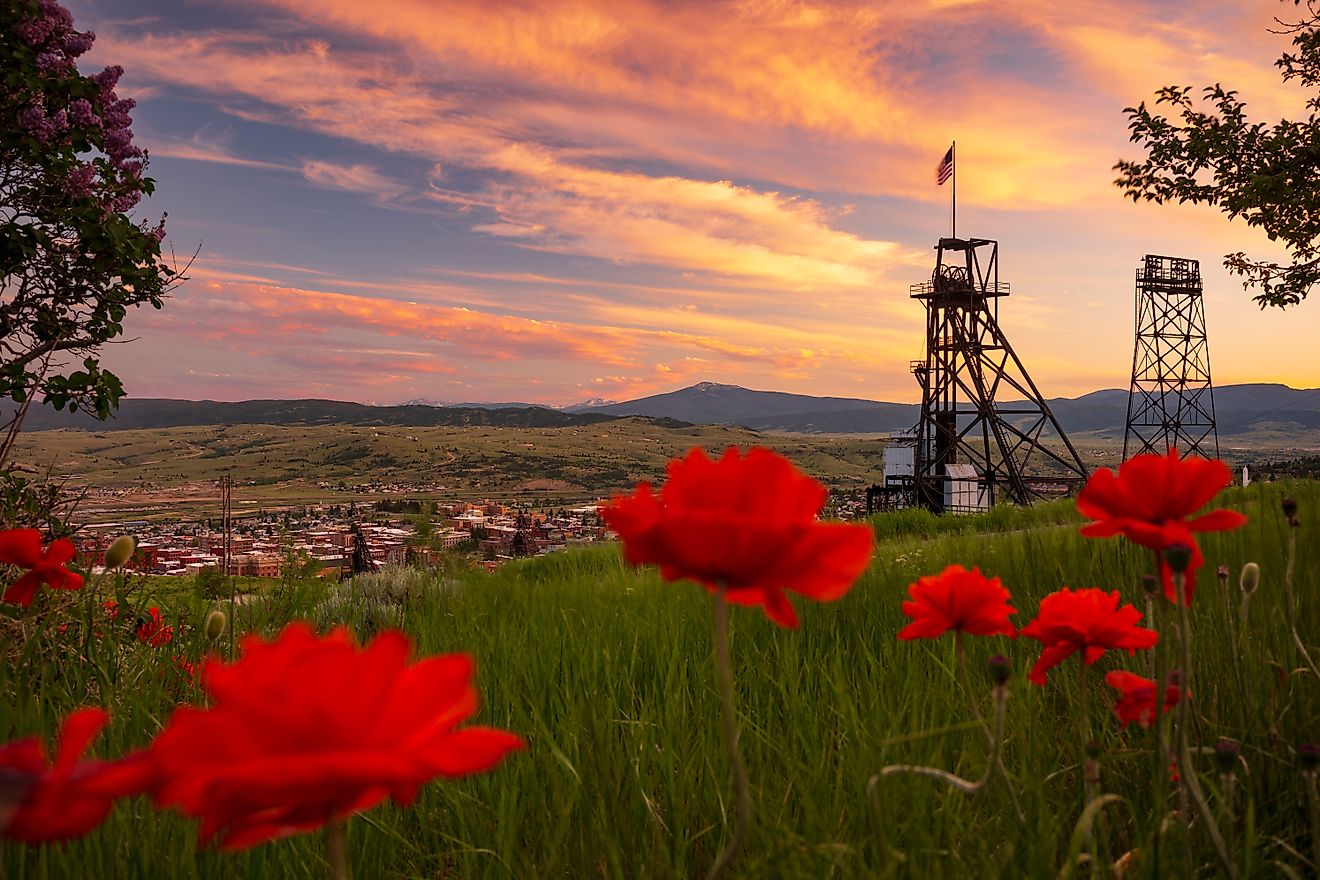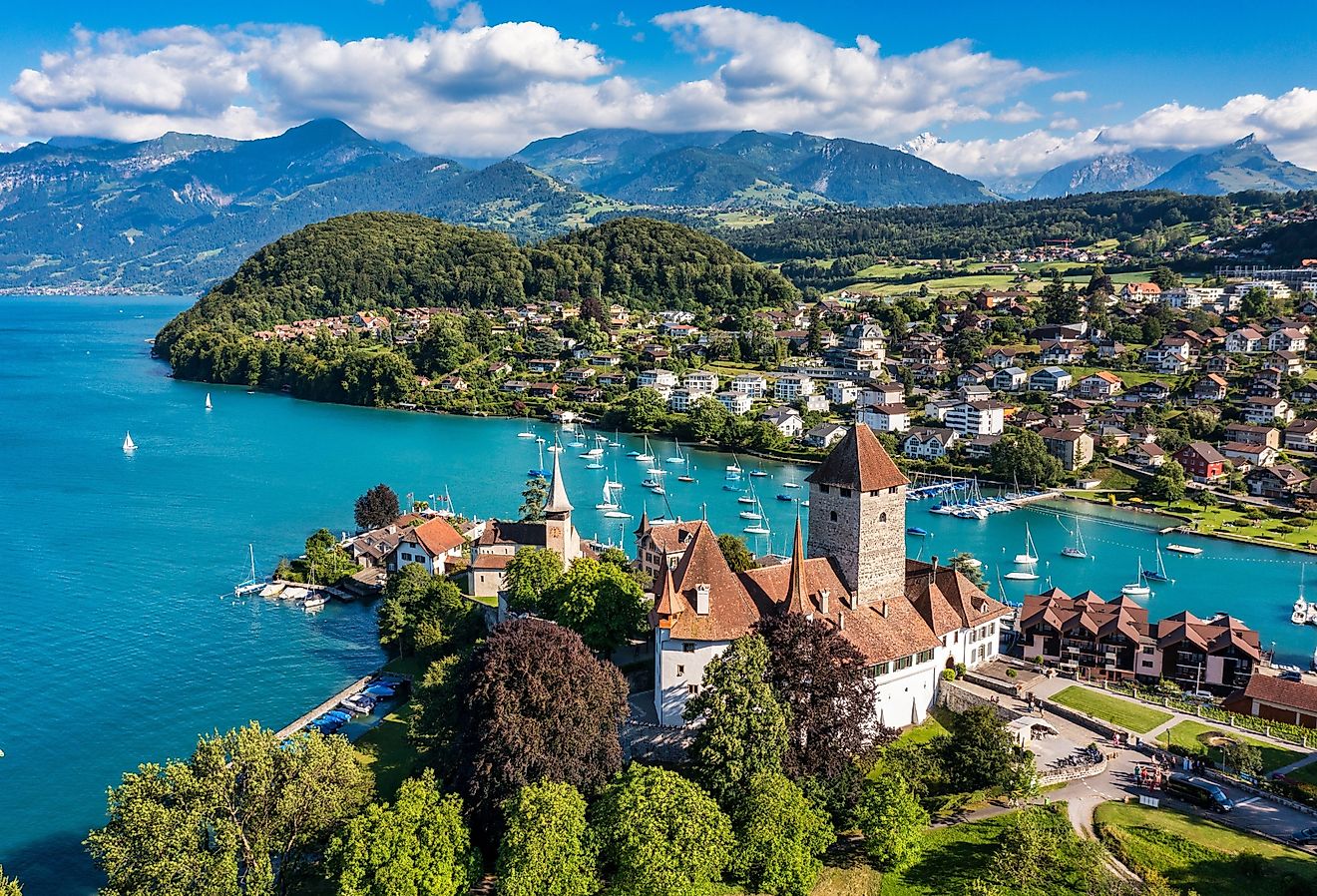
11 Amazing Day Trips In The Southern United States That Are Worth The Drive
Given the vastness of the American landscape and the strength of its car culture, creating a list of exceptional day-trips requires some compartmentalization. Honing in on the Southern United States, a host of popular national parks, scenic roadways, and ecosystems ranging from sub-tropical to desert to alpine all enter into the realm of possibility. Using easily accessible cities as our basecamp, let's investigate eleven amazing side quests that are absolutely worth the drive.
Mobile to the Gulf Islands (Alabama)
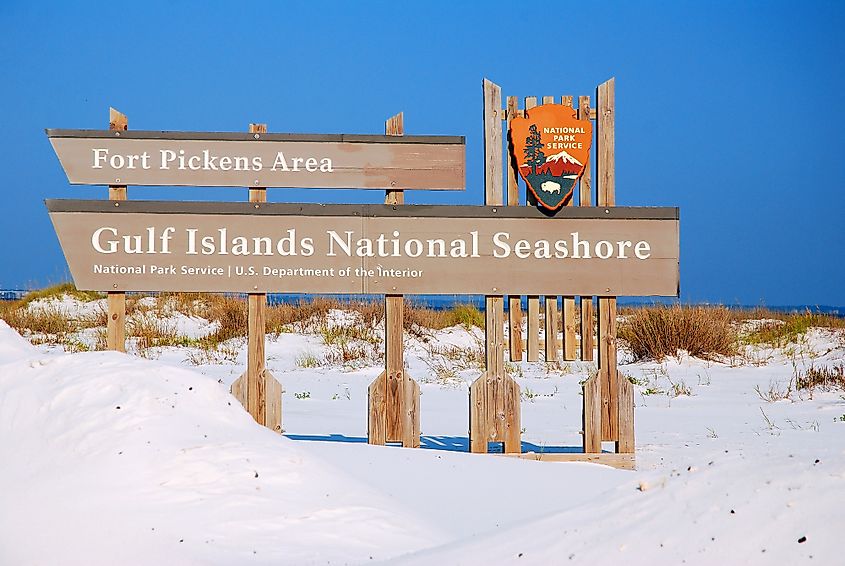
The state of Alabama dips its southwestern toe, so to speak, into the Gulf of Mexico. As such, the port city of Mobile, at the base of Mobile Bay, affords access to the paradisical Gulf Islands. This string of white sand getaways stretches from southern Mississippi across to the Florida Panhandle. And though Alabama's slice of emerald heaven is technically excluded from the Gulf Islands National Seashore, which, at 160 miles, is the largest national seashore in the country, Mobile is perfectly situated for one of three exceptional day-trips (or, even better, three consecutive day-trips).
Mississippi's Ship Island awaits via Ship Island Excursions out of Biloxi or Gulfport, both about an hour away. Florida's Pensacola Beach/Fort Pickens can be reached aboard the Pensacola Bay City Ferry or by driving across the Pensacola Bay Bridge, which takes about an hour and a half by car from Mobile. For a local Alabama adventure, drive just 30 miles south of Mobile International Airport via the Alabama Coastal Connection to Dauphin Island. All three destinations feature historic forts, endless beachcombing, and ample bird-watching.
San Antonio: River Walk & The Alamo (Texas)

This next excursion also incorporates various modes of transportation. Whether you've just arrived at San Antonio International Airport, are driving in from the suburbs, or, in my case, chugged into town via the San Antonio Amtrak Station, do yourself a favor and head straight for the San Antonio River Walk. The popular pedestrian zone is a safe and enjoyable way to get acquainted with this Texas metropolis. As the name suggests, this pathway on either side of the San Antonio River was designed for a leisurely stroll, but you can also board one of the regular GO RIO River Cruises to expand on the experience. Either way, this colorful slice of the downtown core is full of open-air restaurants, live music venues, elegant hotels, gardens and waterfalls, and plenty of off-shoot attractions.
You may wish to explore La Villita Historic Village, which is tucked behind the Arneson River Theatre, or you might cross one of the nearby bridges to arrive at the acclaimed Briscoe Western Art Museum. But whatever you do, at some point while wandering around the northeast portion of the River Walk, follow the eager crowds a couple of blocks over to The Alamo. The iconic 18th-century church is actually just one important part of this 4.2-acre Historic District/UNESCO World Heritage Site, where Davy Crockett and a band of some 200 Texan revolutionaries toed the line against a much larger Mexican army. Best of all, the basic tour is free.
Norfolk to the Outer Banks (North Carolina)
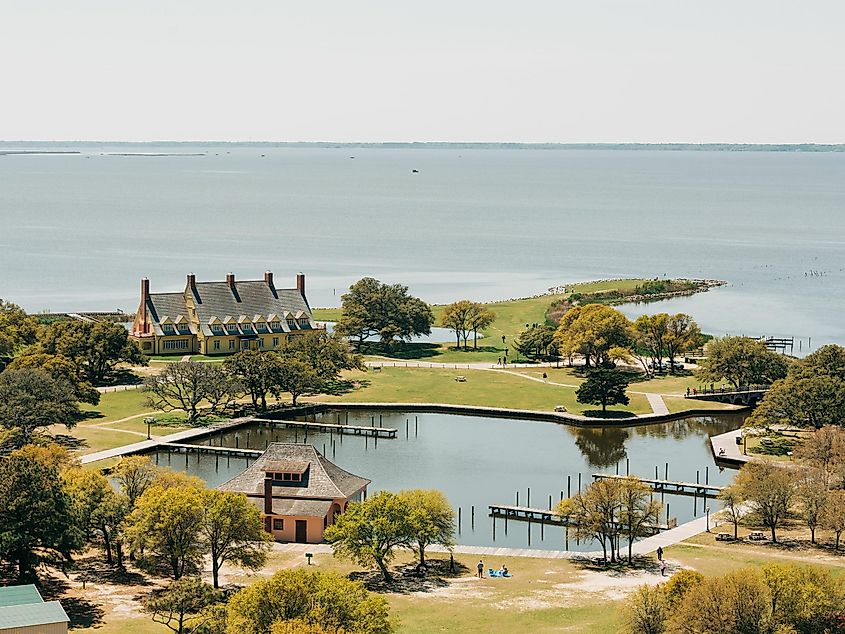
Another series of idyllic barrier islands can be found along North Carolina's northeastern shore. The Outer Banks (OBX) consist of a slim 200-mile stretch of Atlantic Ocean sand bars that is not only known for rejuvenating beauty and recreational prowess, but also marked by ecological and historical importance. This is where the English first attempted to settle in the New World, and where Blackbeard and other notorious pirates preyed. It is also where the Wright Brothers performed the first powered flight, which you can learn about at the Wright Brothers National Memorial, and where hundreds of shipwrecks met their demise. The Graveyard of the Atlantic Museum offers free admission and self-guided tours of the exhibits that preserve the state's shipwreck history.
The Outer Banks is also a place where horses run wild, shorebirds and sea turtles nest, and delicate dune vegetation finds sanctuary, thanks to the protections of the Cape Hatteras National Seashore and various wildlife refuges. All of this, and much more, can be experienced by driving a couple of hours down from Norfolk, Virginia, and turning northward to the historic village of Corolla, or southbound as far as isolated Ocracoke, with a little help from the Hatteras Ferry.
Las Cruces (New Mexico) to Marfa (Texas)

This next itinerary puts two thematic boundaries to the test, but is worth the effort, nonetheless. Las Cruces, New Mexico, technically falls under the Western United States purview, but given the exceptional isolation of West Texas, this is the closest major city to the mysterious art haven of Marfa. The three-and-a-half-hour drive from Las Cruces International Airport also sets up a rather committed day-trip, but part of the appeal of this pick is rolling across the Chihuahuan Desert's vast tumbleweed terrain.
As you approach city limits along Highway 90, you'll start to notice rather eclectic roadside attractions, beginning with a faux Prada Store and followed soon after by the Giant Marfa Mural, which includes a yellow Corvette, an open-shirted man wielding a shotgun, a casual cowgirl, and musical accompaniment via loudspeakers. If you continue through town on this same highway, you'll reach the Marfa Lights Viewing Area, a tourist structure that leans into the local lore of many residents who insist they've seen mysterious floating orbs at night in the fields.
In the actual town of Marfa, many of the tired desert businesses have been converted into either full-blown art studios, or artsy cafes and cocktail joints, all inspired by contemporary artist Donald Judd and his massive Chinati Foundation. Before heading back, fuel up at Marfa Burritos, as featured on Anthony Bourdain's, Parts Unknown.
Columbia to Congaree National Park (South Carolina)
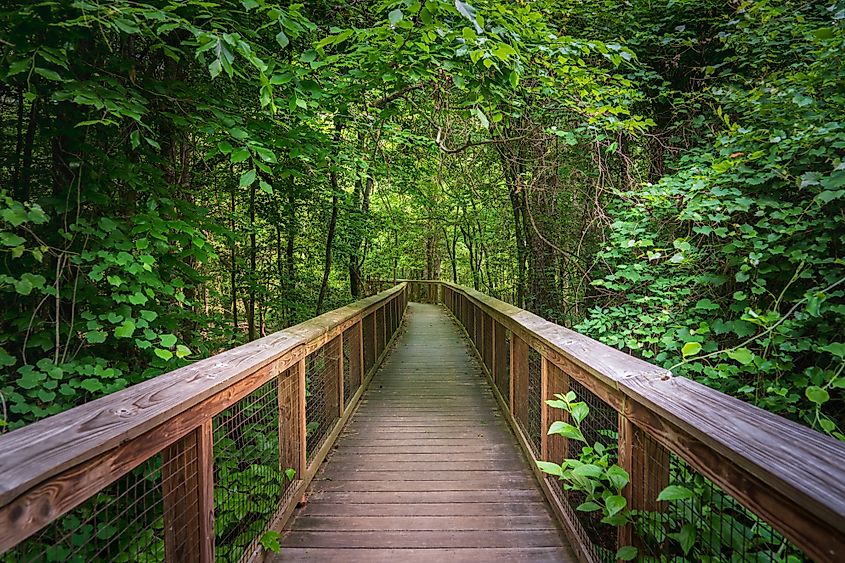
Less than a 20-mile drive from South Carolina's capital city of Columbia, the incomparable Congaree National Park is hiding in plain sight. Here, in the nutrient-rich floodplain between the Congaree River and the Wateree River, a record-setting forest is begging to be explored. Congaree's nearly 27,000 acres protect not only the largest contiguous old-growth bottomland hardwood forest in the country, but also the highest concentration of champion trees (i.e., the tallest known specimen of that species) on the continent. The result is a diverse canopy that averages 100 feet, even reaching as high as 170 feet above the snake-infested swamp. But don't worry; upon parking, you'll have the option of joining a guided canoe or paddling tour, or immersing yourself in the verdant wonderland via the raised 2.6-mile Boardwalk Loop.
Miami to Everglades National Park (Florida)
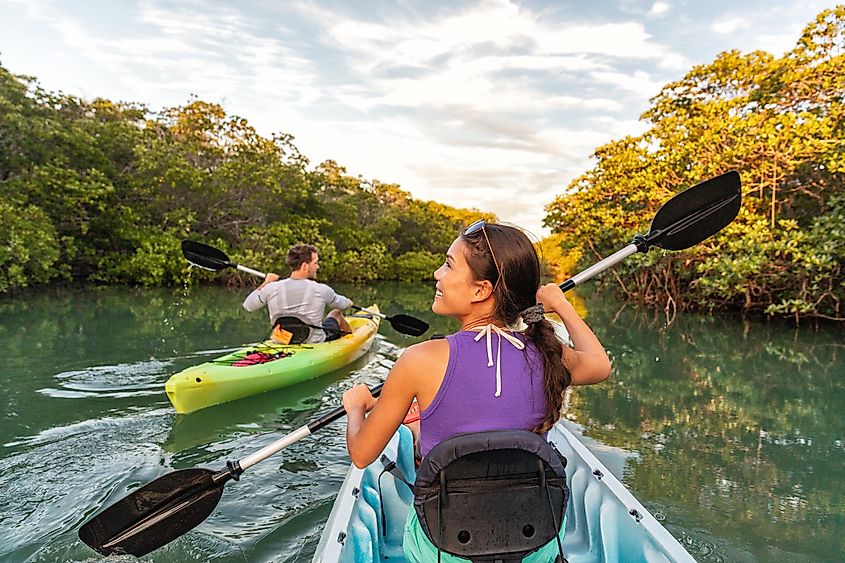
Speaking of exceptionally vegetative wetlands in proximity to major American cities, Florida's Everglades National Park is certainly worth the one-hour drive from Miami. At 1.5 million acres, this beloved national park protects the largest subtropical wilderness in the U.S. Home to the endangered Florida panther, the American flamingo, the West Indian manatee, the American alligator, and the well-publicized invasive Burmese python, the Everglades are a special, albeit intimidating, place to investigate.
While hikers, anglers, and bird-watchers are able to move about freely, many visitors will appreciate touring the "River of Grass" via the Shark Valley Tram, whizzing through the labyrinth of canals aboard an airboat, or getting an interactive lay of the land with one of the themed ranger-led programs.
Miami to Key West (Florida)
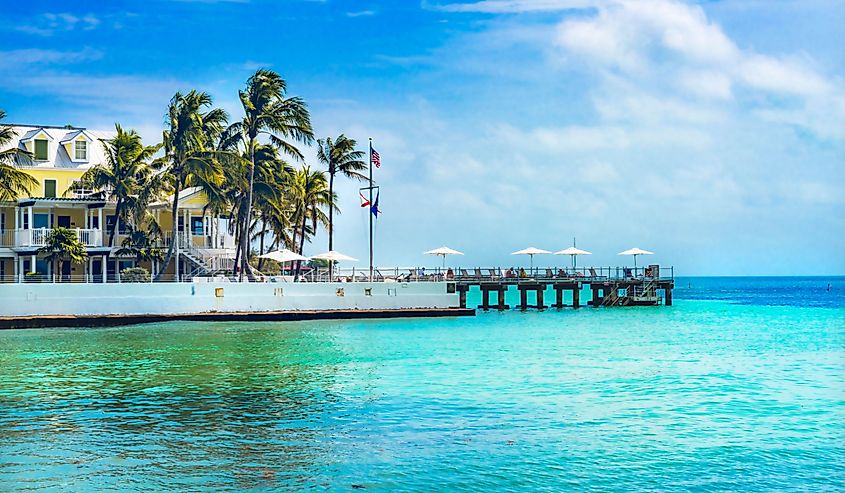
Since you're already hanging around the southern reaches of The Sunshine State, why not make a separate day trip to the Florida Keys? This stringy archipelago is connected almost in its entirety by the Overseas Highway (U.S. Route 1). From Miami, you'll first encounter Key Largo, the "Diving Capital of the World," followed by Islamorada, the "Sport-Fishing Capital of the World." From here, the 13-island cluster of Marathon is family-friendly and popular with boaters, and the nature-centric Lower Keys invite more casual exploration.
Eventually, you will arrive at the southernmost point in the continental United States, Key West, home to Duval Street and the spirit of Ernest Hemingway. The distance from Miami International Airport to Key West's colorful Old Town is about 160 miles, or approximately three-and-a-half hours of driving. So if you have the time and energy for a big day, then the totality of the Florida Keys is at your disposal. If, on the other hand, you prefer a quality-over-quantity approach, a deeper dive into any of these unique segments along the way will be rewarding in its own right.
New Orleans: Lake Pontchartrain Causeway & French Quarter (Louisiana)
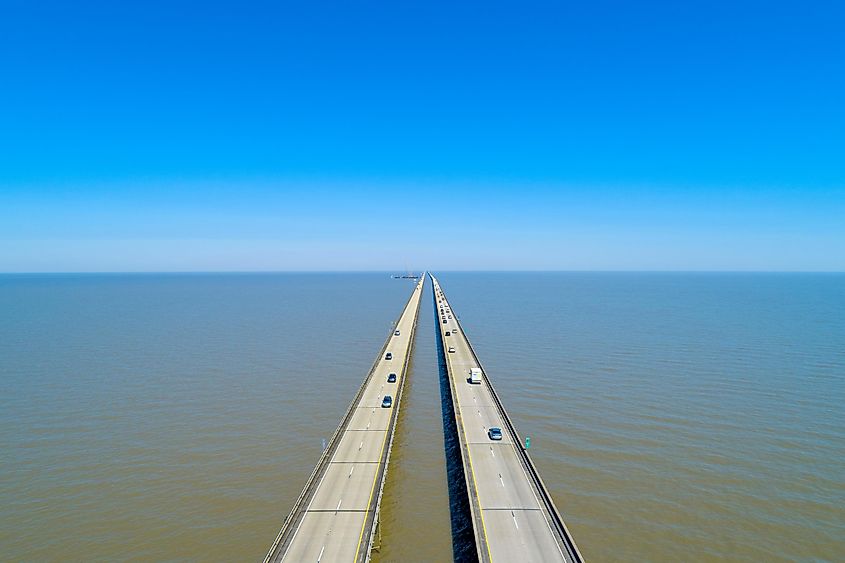
While on the themes of lengthy water-body drives and historic Old Towns, New Orleans is tailor-made for a punchy layover. The Big Easy isn't short on culinary, cultural, or nightlife attractions, but one asset that is sometimes overlooked is its record-setting bridge. The Lake Pontchartrain Causeway is the longest bridge in North America, and the longest continuous bridge over water in the world.
So if you're a fan of novel drives, marvels of engineering, or just the visual allure of an infinite blue horizon, this 24-mile trip across Lake Pontchartrain to the north shore city of Mandeville is for you. To get there, look for the northbound turnoff on your way into town from Louis Armstrong New Orleans International Airport. On your way back, exit east and follow the sounds of street jazz, the smells of homemade gumbo, and the colorful colonial architecture that leads into the heart of New Orleans' Crown Jewel, the French Quarter.
Charlotte to Blue Ridge Parkway (North Carolina)
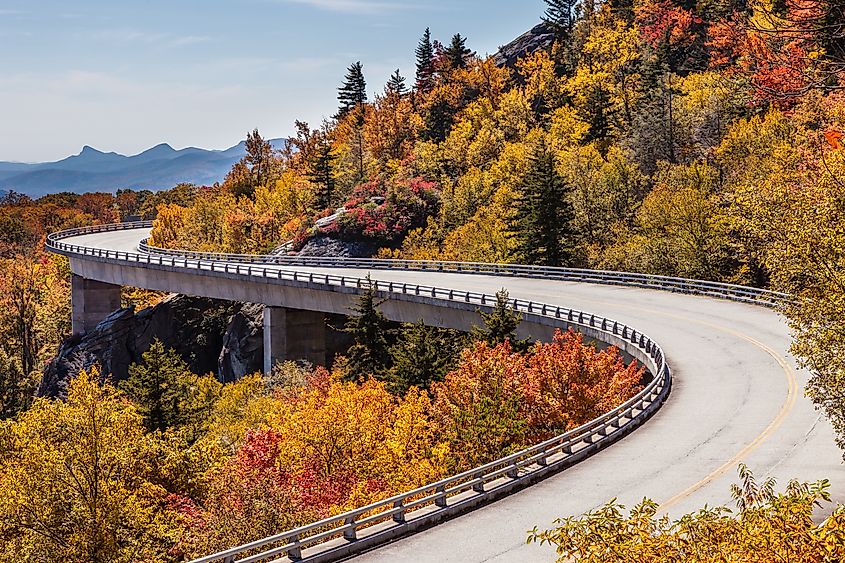
While the Lake Pontchartrain Causeway appeals to a certain demographic, the Blue Ridge Parkway is a universal crowd pleaser. "America's Favorite Drive" is a claim substantiated by annual statistics. Last year, this 469-mile National Parkway and All-American Road saw 16.73 million visitors, making it the most visited national park in the country, welcoming more people than the Grand Canyon, Yellowstone, and Yosemite National Parks combined.
Linking North Carolina's portion of Great Smoky Mountains National Park and Virginia's Shenandoah National Park, and spanning 29 counties of the central and southern Appalachian Mountains, there are many on-ramps for day-trippers to take. But for anyone flying in from abroad, or elsewhere in the country, your best bet is to utilize Charlotte Douglas International Airport and connect to the Blue Ridge Parkway via Asheville, NC, which is about a two-hour drive. Another option is to continue about an hour further to the southeast terminus in Cherokee, NC, and start fresh from Mile-0. If you end up making the full haul, then aside from the two aforementioned national parks and vista-heavy scenery, you'll also come upon such superlative highlights as Mount Mitchell (the tallest peak in the eastern U.S.), New River (ironically, the oldest river in North America), Linville Gorge (the deepest east of the Grand Canyon), and Whitewater Falls (the highest east of the Rockies).
Austin: Texas Hill Country (Texas)

Austin has garnered a lot of hype lately. This is not just because of the annual festivals, nightly music venues and comedy clubs, college-town cultural attractions, and state-capital historical structures, though these elements definitely keep this quirky enclave thriving. It is also the plethora of peripheral beauty found throughout Texas Hill Country. Austin sits on the east-central side of this sprawling and scenic section of The Lone Star State. Unlike some of the previous day-trip suggestions, Hill Country does not have one set thoroughfare; rather, it has a network of roads leading to all kinds of must-see destinations.
With that said, a surefire bet to get off on the right foot is to head 80 miles west to Fredericksburg. Founded by German immigrants in 1846, this historic central Texas city is not only one of the focal points for blooming bluebonnets, Indian paintbrushes, purple tansies, red poppies, and other spritely wildflowers, but also the epicenter of Texas Wine Country, with 75 of the region's 100 wineries located right in Gillespie County.
Atlanta to Tallulah Gorge State Park (Georgia)
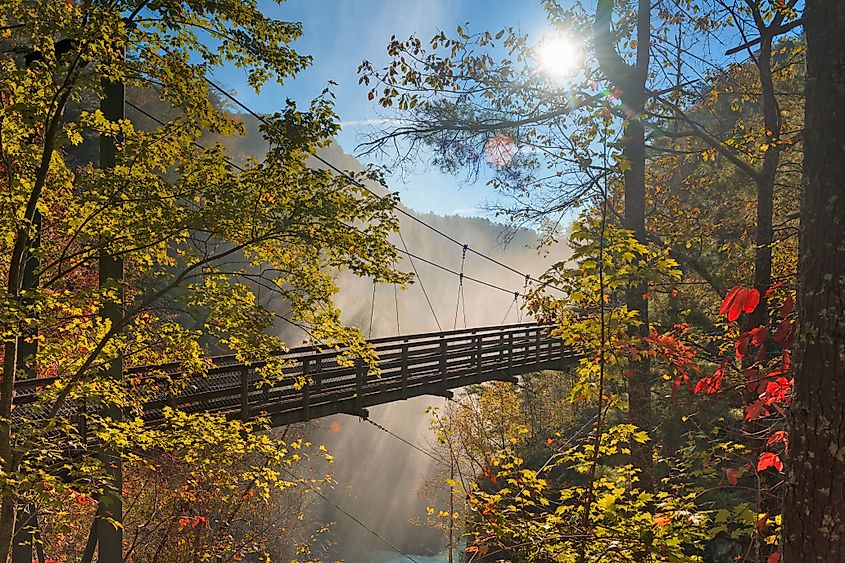
We've covered crowd-pleasing national parks, lesser-known seashore excursions, big-city attractions, and small-town lures, so now let's end at one of the Southern United States' many scintillating state parks. Less than 100 miles northeast of Atlanta, Georgia, Tallulah Gorge State Park is a simultaneously serene and exhilarating experience, depending on your feelings about heights. This lush, 2-mile-long, 1,000-foot-deep canyon features several significant waterfalls and can be explored via the namesake Rim Trail, which includes lookout towers and a suspension bridge swaying 80 feet above the river.
Holders of the proper permit are allowed to hike down to the gorge's floor, but note that even though the permit is free, there is a cap of 100 people per day, so arrive early if you wish to do so. Alternatively, when it coincides with the Tallulah Falls Dam release schedule during the first two weekends of April and the first three weekends of November, whitewater kayaking is allowed within the park and is a popular draw.
Hit The Road
From the Appalachians to the Atlantic Ocean and all the sand dunes, wildflowers, forests, and urban attractions in between, the Southern United States offers limitless opportunities for a stunning road trip. Some of these can be sampled in an hour, whereas others demand an early start. In either case, these eleven day-trips are well worth the drive and bound to leave an impression.
